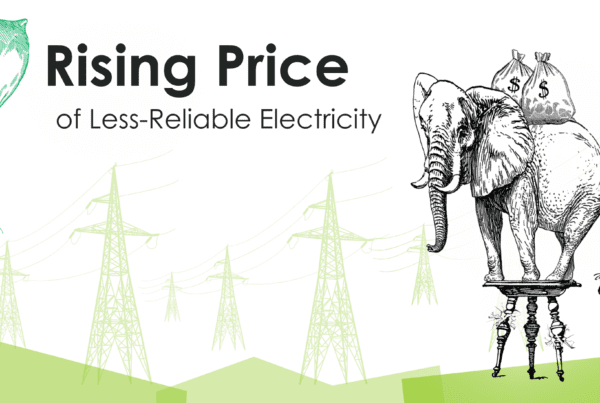Recently, we received our umpteenth “request for proposal” (RFP) to provide the engineering required to capture the elusive $1.80 tax deduction on new or remodeled buildings. We spend a lot of time, money and effort to drive business through our doors but I’m not sure I want to see another one of these.
Like the rest of the universally incomprehensible tax code, the engineering piece of this is relatively complex. If we did this all the time, it wouldn’t be a problem. But it seems we get the next RFP just as the rules are overwritten in my long-term memory banks. What do we compare to? Does this apply to both retrofit and new construction? Does retrofit compare to new construction baselines or actual pre-project conditions? How do these partial incentives for HVAC, envelope, and lighting work? How do the two lighting approaches work? What suffices for demonstration of percent savings? Half day – gone.
To do the engineering right, which is the only way we do things, it takes a lot of energy modeling time and expense (with the exception of the isolated lighting calculation). Also, consider:
- It is impossible to save anywhere near 16.7%[1] with envelope measures , relative to energy code, so you’re left with 50% total building savings. As a side note for COMMERCIAL buildings, in many if not most situations, it is not cost effective to save energy by adding insulation, and you can save some but not much with enhanced glazing.
- We need to save 50% of the total building consumption with HVAC and lighting, but on average per benchmark data, HVAC and lighting only account for 67% of building operating energy cost. See where I’m going with this? Your combined HVAC and lighting savings need to be 75% more efficient than baseline! There’s a reason LEED has about 50% set as the threshold to capture all possible energy points! You have to use a genius designer, perhaps have deep pockets, plus all the stars have to align for a “lucky” baseline system to have a shot at 50% savings[2].
Conclusions:
- Only the lighting power density approach for a $0.60 per square foot deduction is worth pursuing.
- The threshold for the rest needs to be reduced, to perhaps 30% savings, which is still impressive and also certainly not something one can achieve without trying.
[1]End users can get partial deductions for (1) envelope, (2) HVAC, and (3) lighting, by saving 16.7% of the total for any of the three. This 16.7% is one third of 50%..
[2] We are actually shooting for all 10 LEED 2.2 points on one project, but “only” 42% savings are needed for that.




